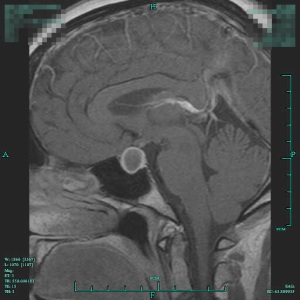Here in Orlando, the meeting opened with the President’s Lecture. John J. Moore, a pediatric neonatologist spoke to openthe conference about the miraculous adaptive ability of very low birth weight babies in terms of developing their brain, lungs and immune systems. The challenges to take care of 24 to 26 week premies has sparked interest in their long term outcomes. And, while developmentally delayed in some ways, he presented research to show how remarkably they are able to compensate for their very early entry into the world.
These investiagors were all new investigators, but presented the best of the best here at SGI. The first by Ryan Hodges demonstrated in a sheep model that amniotic cells infused into very premature lambs will protect the lungs from the damage of early ventilation. The remarkable thing about this research was that they took human cells from the amniotic fluid and showed that they incorporated themselves into the sheeps lungs. They were able to see them because of a green fluorescent protein that was expressed. This amazing work shows that there are mechanisms for lung development that probably include ingesting the cells during gestation from the amniotic fluid and that these cells provide part of the lungs developmental process (perhaps). This also provides a novel treatment for respiratory distress that comes from being severely premature.
The third talk was about severe preeclampsia and how it may put women at future risk for heart attack and stroke. The mechanism of this known connection was explored by studying the vascular response in women who were post-partum who either did or did not have pre-eclampsia. The interesting finding that intrauterine growth redaration pregnanies with normal blood pressure, (IUGR) also showed these same changes suggesting that that is also a risk factor for the future health of the mother.
The 4th talk showed that while radiation and chemotherapy to treat cancer can wipe out the ovarian function by killing off the eggs (oocytes), the process for this reduction in eggs was discovered and found to involve a pairing with a protein called Cables1. By blocking the interactions of Cables1 and another protein P63, the investigators showed that the oocytes of treated animals could be protected from this cell death. These are very interesting data for any young woman who might be treated for cancer but who desires to protect her fertility.
There were wonderful posters at the session and too many to discuss in any detail.
There were concurrent sessions on a variety of topics including PCOS, epigenetics and other topics to follow lunch. In the Epigenetics talks it was fascinating to hear that hormone treatments with potent estrogens like DES and geninstein (soy) can alter the DNA in a way that is passed on to the offspring. There were target genes whose expression was altered due to neonatal exposure in early and mid gestation. The active component in soy protein is genistein so these findings may have implications for the consumption of too much soy during pregnancy. That was not the conclusion of the talk but these data in animal models deserve a closer look.
Finally, a new potential treatment for ectopic pregnancies (tubal pregnancies) was presented, showing that the combination of Gefitinib and methotrexate worked better than either alone to kill trophoblast cells and resolve the ectopic pregnancy. The oral agent could mean quicker treatments and lower doses of methotrexate might be required.





